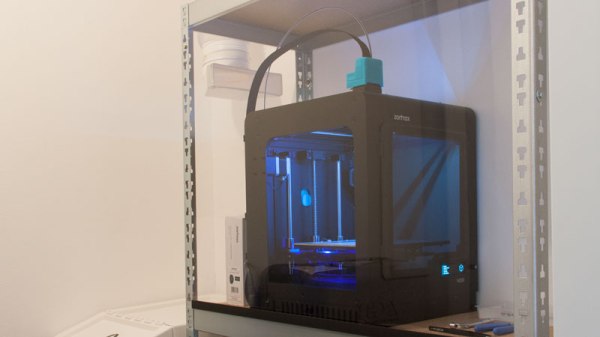Screwdriving! It’s like wardriving but instead of discovering WiFi networks, the aim is to discover Bluetooth Low Energy (BLE) devices of a special kind: adult toys. Yes, everything’s going to be connected, even vibrators. Welcome to the 21st century.
Security researcher [Alex Lomas] recently found that a lot of BLE-enabled adult toys are completely vulnerable to malicious attacks. In fact, they are basically wide open to anyone by design.
“Adult toys lend themselves to being great testbeds for IoT research: they’re BLE, they’re relatively cheap, they’re accessible and have companion apps for the full spectrum of testing.”
Yes… great test beds… Erm, anyway, [Alex Lomas] found that there is no PIN nor password protection, or the PIN is static and generic (0000 / 1234) on every Bluetooth adult toy analysed. Manufacturers don’t want to go through the hassle, presumably because sex toys lack displays that would enable a classic Bluetooth pairing, with random PIN and so on. While this might be a valid point, almost all electronic appliances have an “ON/OFF” button for input and some LED (or even vibration in these cases) that allow some form of output. It could be done, and it’s not like vibrators are the only minimalistic appliances out there in the IoT world.
Although BLE security is crippled by design (PDF), it is possible to add security on top of flawed protocols. The average web-browser does it all the time. The communications don’t have to be clear-text where you can literally see “Vibrate:10” flying around in packets. Encryption could be implemented on top of the BLE link between the app and the device, for instance. Understandably, security in some devices is not absolutely critical. That being said, the security bar doesn’t have to be lowered to zero — it’s not safe for work or play.
[via Arstechnica]



















